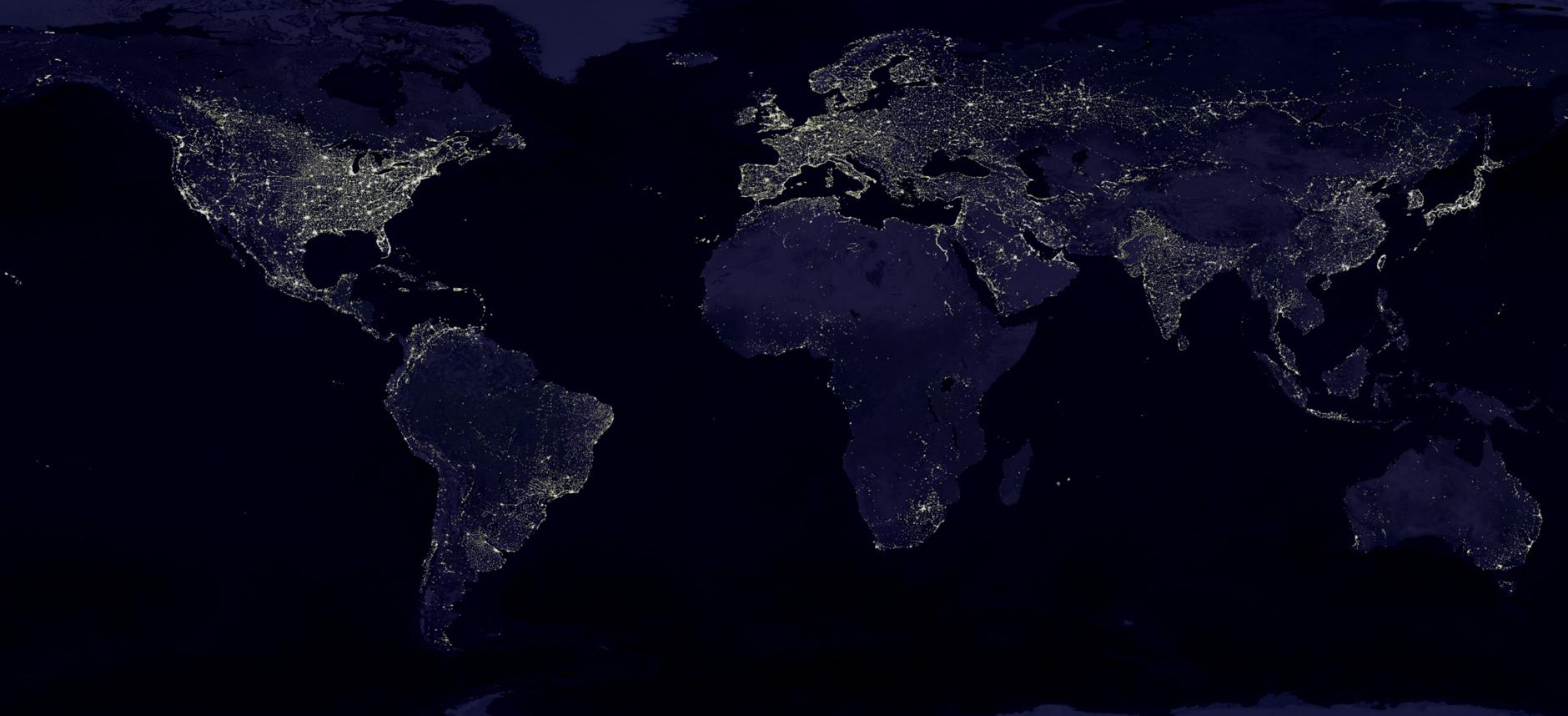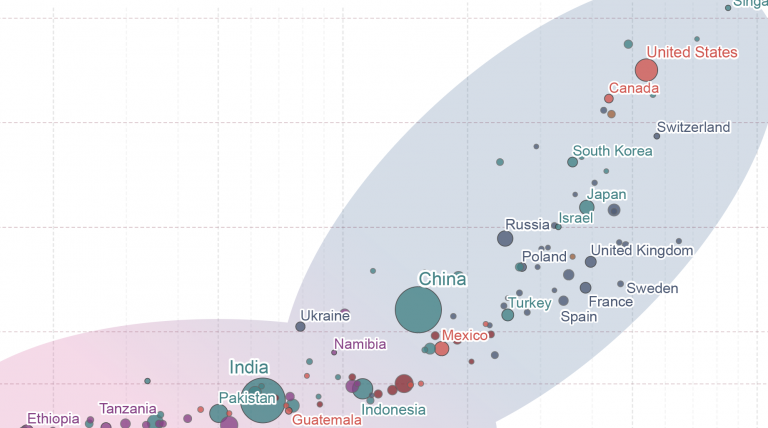Being able to switch on the light at night is something that most people today take for granted. But for those that live, or have lived where there is no artificial light, you can appreciate how important it is. After sunset, working, reading, and many other aspects of living become impossible.
Unfortunately, this is still the reality for many people today, and it was the default for everyone in the past.
By following the history of the light – the transitions from candles to lamps to lightbulbs – and the developments that make these accessible, we can learn a lot about technological innovation and economic changes over the centuries.
The price of light has fallen by more than 99.9% since 1700. And its efficiency has increased 1000-fold. This has made light at night available to more and more people.
On this page, you can find data, visualizations, and writing about changes in efficiency, price, and access to lighting.





